Jeep Compass e-Hybrid Review: A Left-Field But Worthy Choice

Pros
- Spacious, good-quality cabinRugged looks help it stand out from rivals
Cons
- Strained, unrefined drivetrainOccasionally jiggly ride
Compact crossovers are everywhere. Ever since the Nissan Qashqai rocked up in 2006 and convinced everybody that actually, what they wanted was a normal hatchback but tall, they’ve been unstoppable.
This is Jeep’s entry, the Compass. It’s a name that’s also been around since 2006, so Jeep was quite ahead of the game in getting something out in the then-emerging crossover class. Unfortunately, the original car emerged from the worst depths of 2000s Chrysler Group shoddiness. It was an over-styled, under-engineered mess that shared a platform with the equally dismal Dodge Caliber.
That car was put out of its misery in 2016 and replaced with the second-generation Compass, a product of the Fiat-Chrysler tie-up, and the second European-built Jeep after the Renegade. It’s this generation that’s still with us today. Entering its eighth year on sale, it’s getting on a bit in car terms, a fact that’s proven a hindrance to its smaller but older still Renegade stablemate. Is it the same story here?
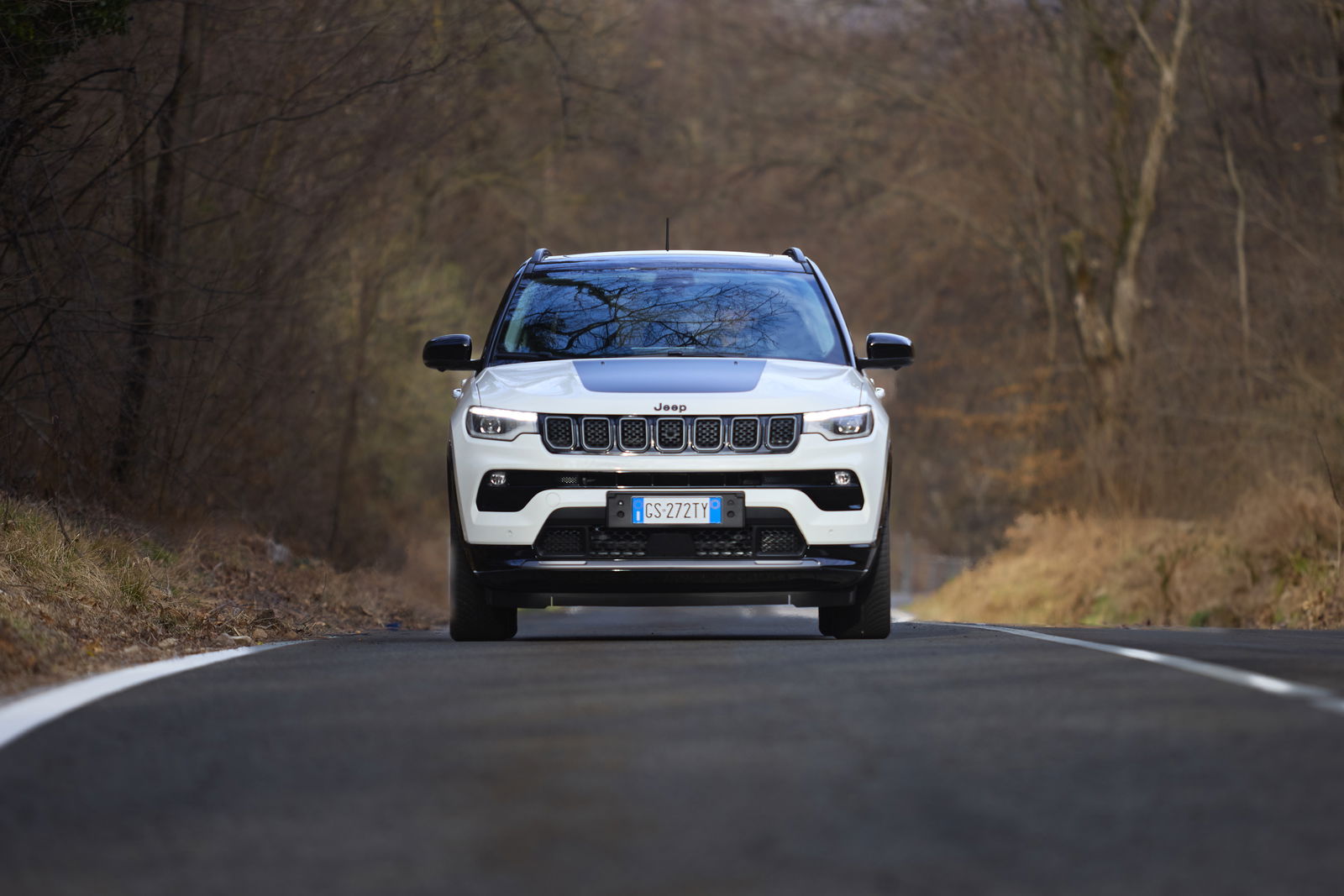
Like the Renegade, the Compass is now hybrid-only in Europe, and again offers a choice between a front-wheel drive mild hybrid – the e-Hybrid, driven here – and a four-wheel drive plug-in variant bearing the 4xe badge. Worryingly, it gets the same powertrain as the gutless-feeling Renegade e-Hybrid – a 1.5-litre turbocharged four-cylinder with a 48v hybrid system making a peak of 128bhp, and a seven-speed dual-clutch gearbox.
Performance figures are best described as ‘leisurely’: 0-62mph takes 10 seconds flat, and top speed is 120mph. Quoted MPG is 50.4, and low-to-mid 40s should be attainable in real-world driving.
Unfortunately, but not entirely surprisingly, this powertrain suffers from the same issues as in the little Renegade: it lacks low-end grunt, sounds gruff, and both engine and gearbox feel sluggish and unresponsive. However, despite the Compass’ extra size and heft versus the Renegade, it doesn’t feel any more strained than in the smaller car, which is something.
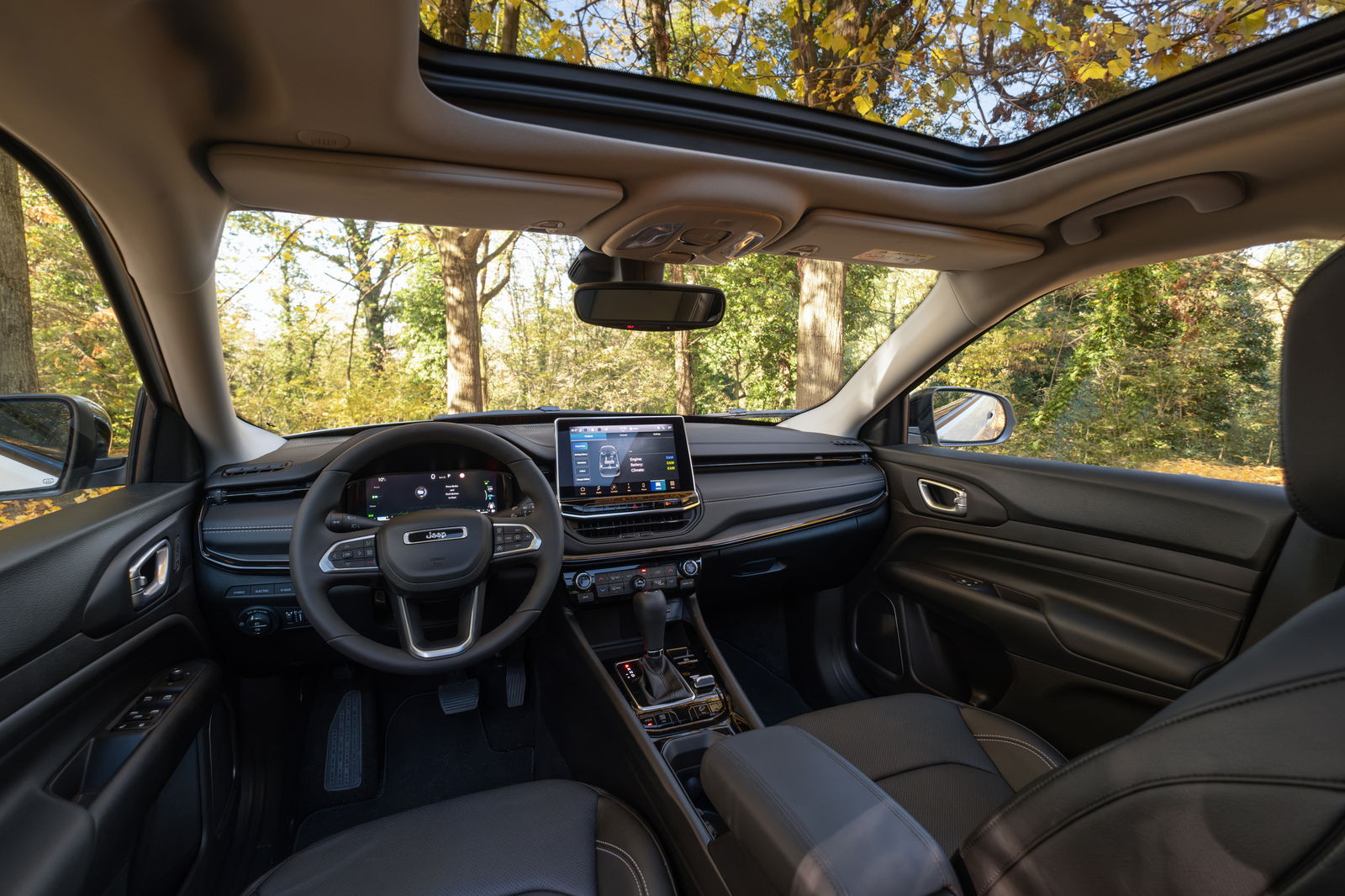
Happily, the rest of the driving experience offers far less to complain about. It’s not exactly thrilling, but it’s a small hybrid crossover – what do you expect? The handling is safe and predictable at normal speeds, with accurate, reasonably weighted steering, and that’s all you can ask for in a car of this kind. The ride can occasionally get lumpy over nasty road surfaces, but it makes up for that with good seats and the commanding driving position that people buy crossovers for.
The interior, too, is a pleasant place to be. Despite being a couple of years younger than the Renegade, the Compass has been treated to a far more thorough overhaul inside. Material quality is good, it’s all logically laid out, and the infotainment screen looks as though it belongs there. It’s also handily spacious for a relatively small crossover like this.
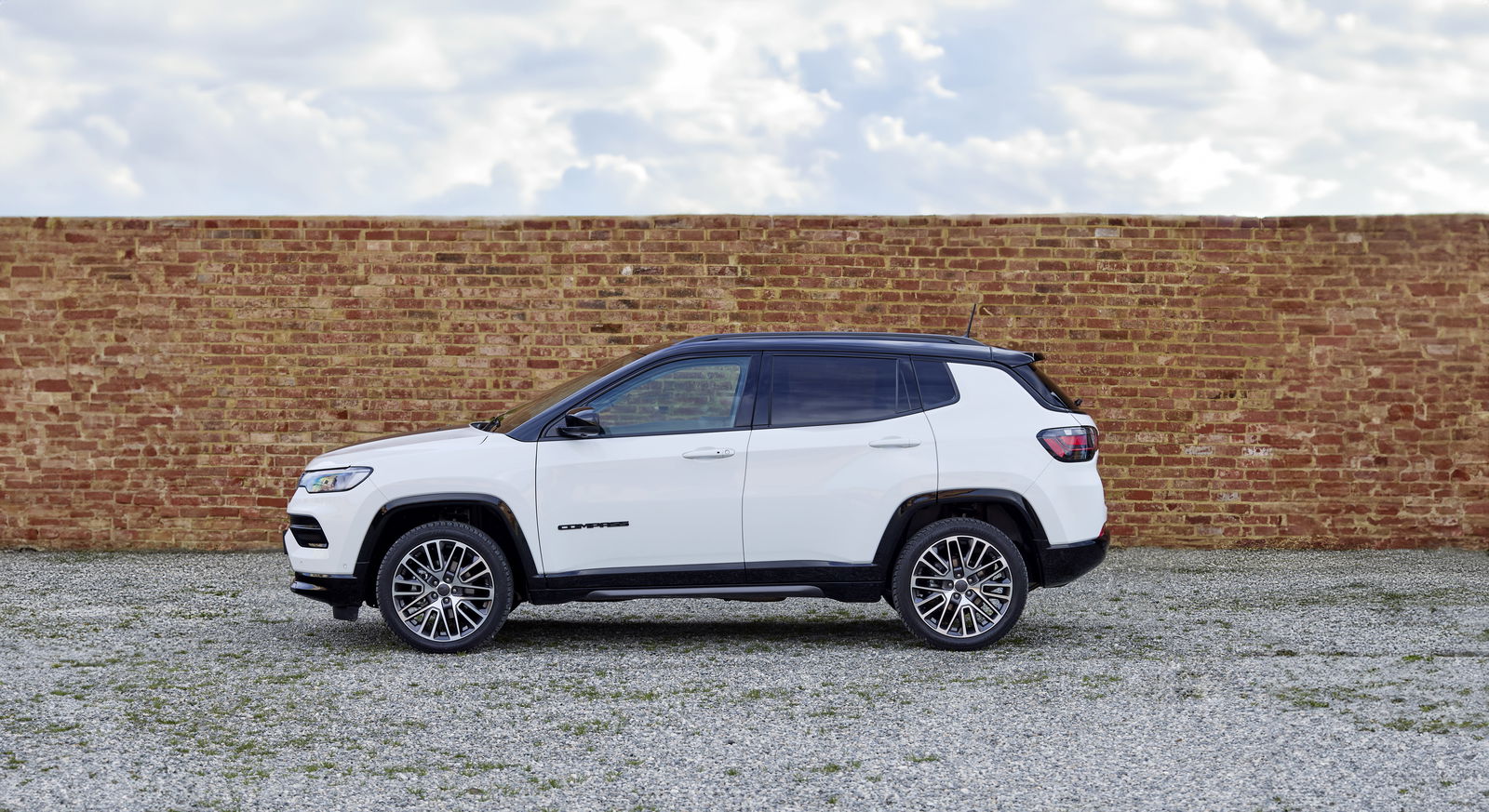
New for 2024, the Compass gets a suite of Level 2 autonomous features, which combine adaptive cruise control and lane-keep assist to allow for hands- and feet-free driving where regulations and conditions allow. It’s a nice touch, if rather limited in its usability for the time being.
The Compass e-Hybrid starts at £33,910 for the basic Altitude trim level, and rises to £37,865 for the top Summit version we drove. Considering the strong levels of equipment, this looks like decent value next to a lot of other compact hybrid crossovers, some of which are beginning to crest £40k once you throw a few options at them.
Granted, lots of its rivals are newer and more tech-heavy, but the Compass counters that with looks that are a bit more characterful than some, and the lifestyle cachet that seven-slot grille comes with, even if it’ll never be pointed up a trail.
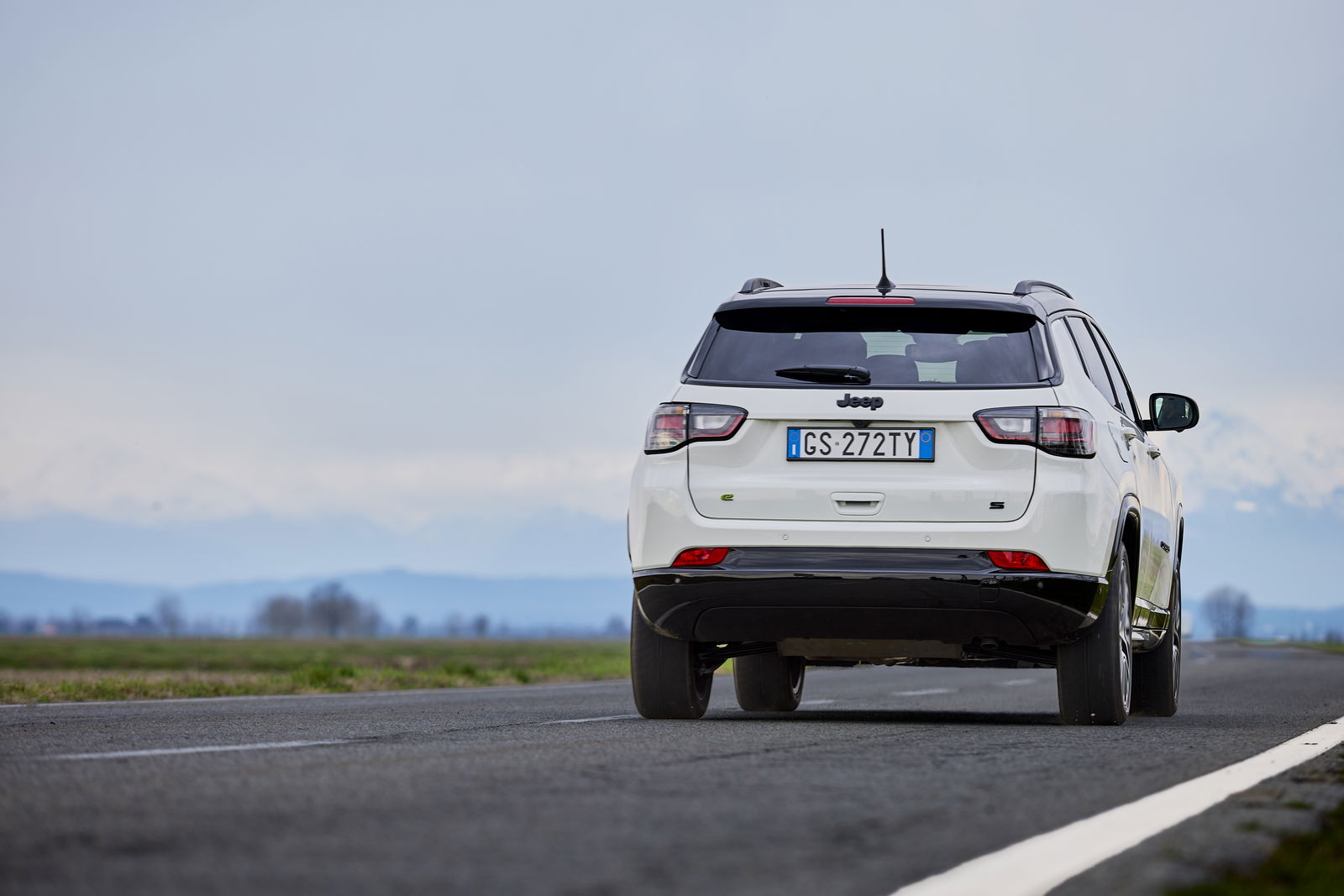
While it can’t entirely hide its ageing bones, the Compass does a respectable job of providing a slightly left-field option in its crowded class. Driving it on and off-road is never going to raise anyone’s pulse, but anyone looking for a small crossover that’s swayed by its rufty-tufty looks likely won’t be overly disappointed. It’s a shame it’s let down by an underwhelming powertrain, but it makes up for that with good value and a pleasant interior.
The only other caveat is that we can’t imagine the current Compass has too many years of life left in it, and whatever does come along to replace it will use far more up-to-date Stellantis underpinnings. For now, though, the Compass points largely in the right direction – just not quite true north.
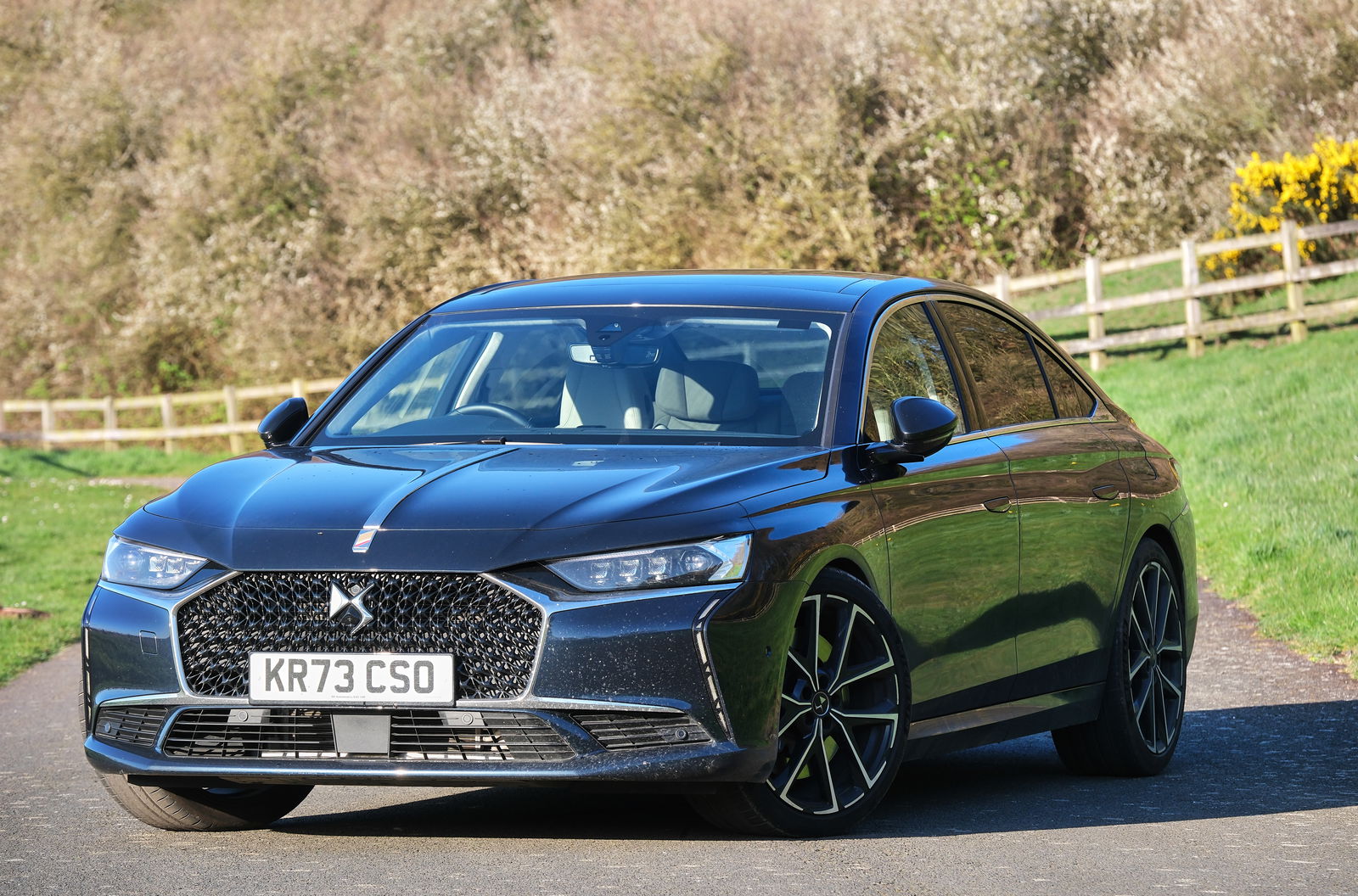



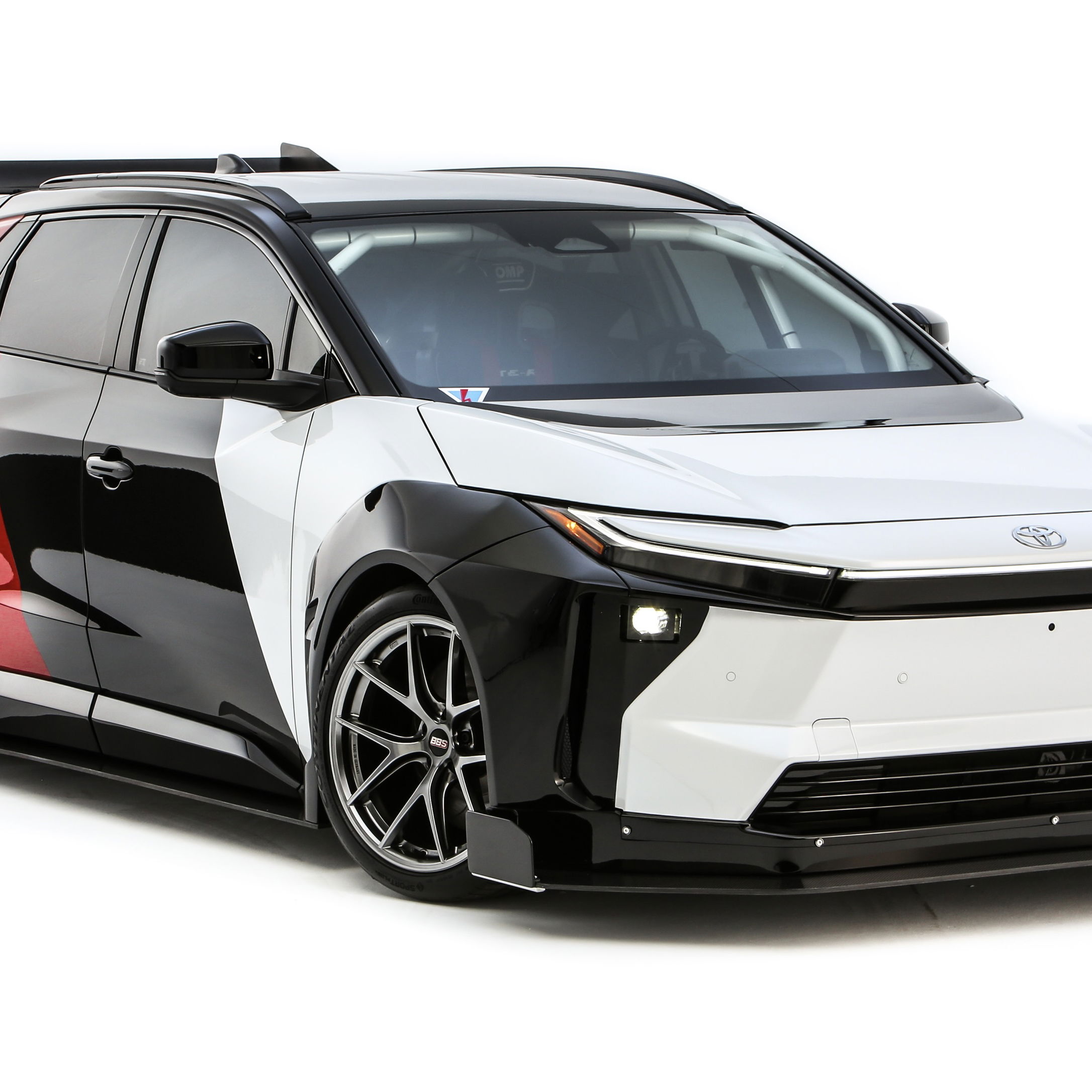






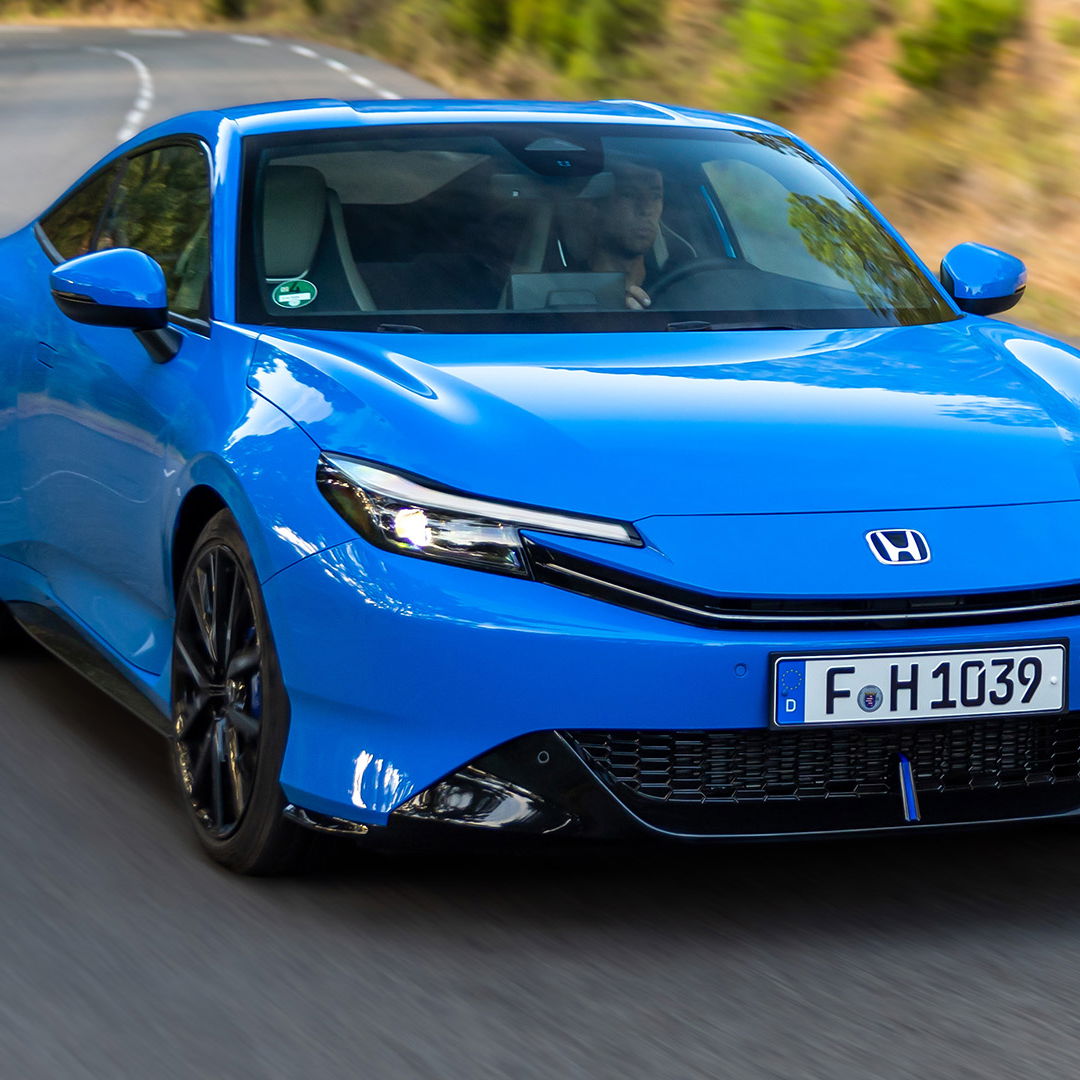
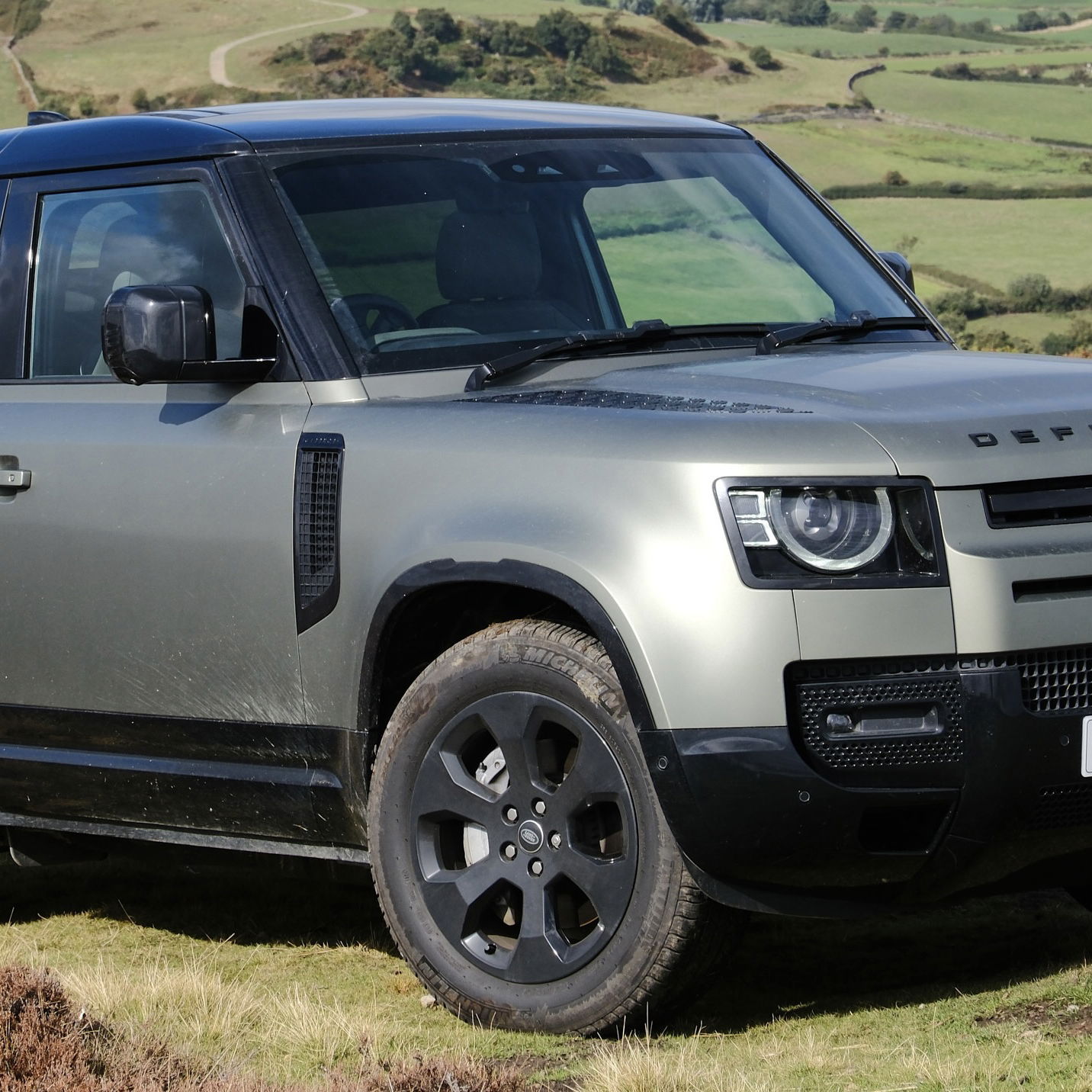


Comments